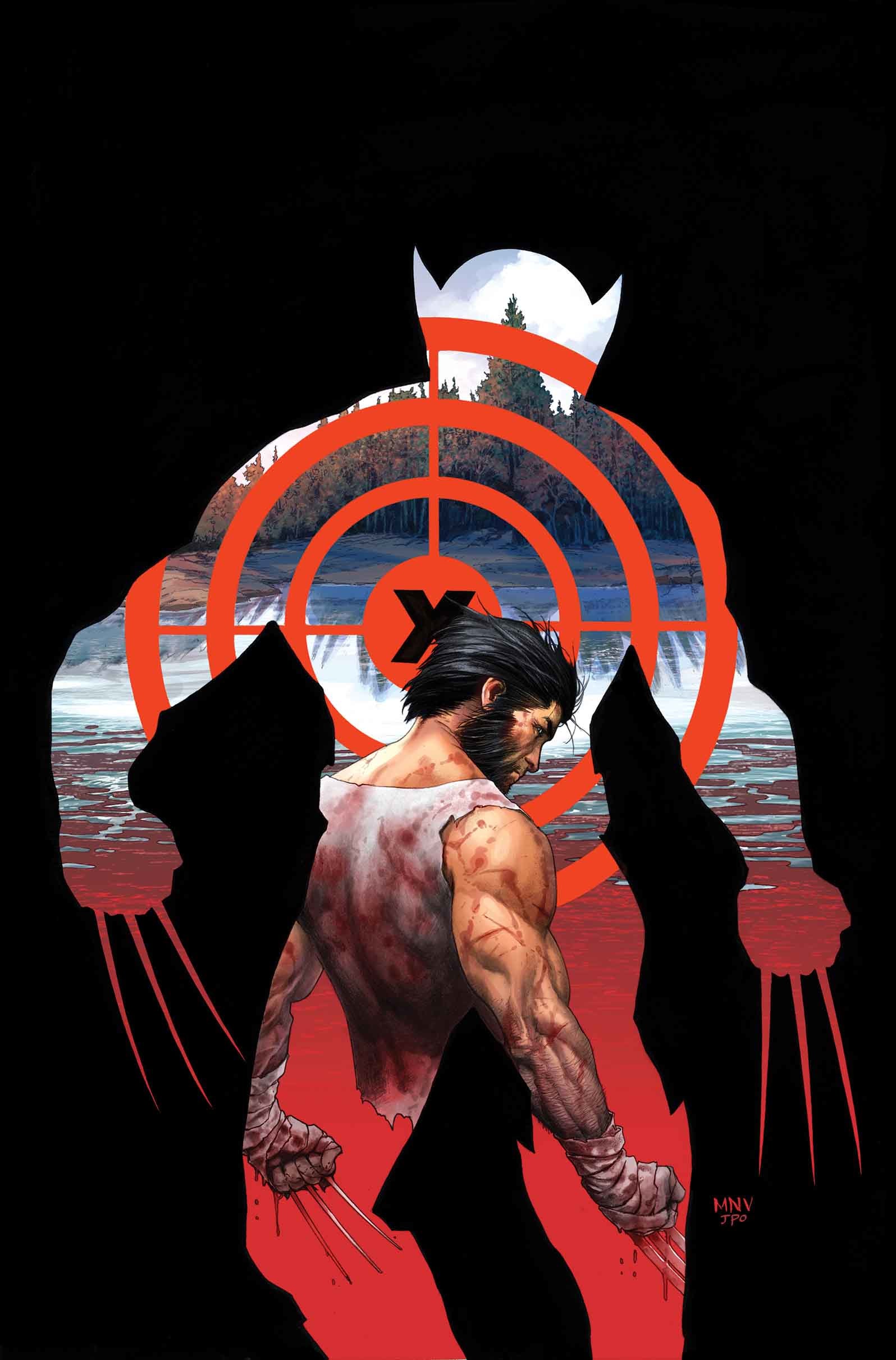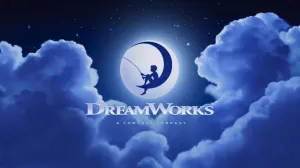
There are few tropes that have become as standard (and therefore boring) in comics as starting at the end. Opening on a scene in disarray, leaving the reader with questions as to how this came to be before shifting to the beginning of the story has become increasingly popular. Its use has slowly pushed it closer and closer to the point of being a cliché, banal and trite. Yet somehow Charles Soule and Steve McNiven make it work in The Death of Wolverine #1.
Videos by ComicBook.com
In part that’s because the entire mini-series is based on being aware of the ending. The title informs you how it will end. The past four months of advertisements have told you how it will end. Every interview, preview, and other bit of information have told you how it will end. All of that was done to benefit sales, not the story. Yet Soule and McNiven have worked to overcome this hurdle and craft a first issue that really functions because it focuses on how Wolverine will reach the end, not the end itself. The opening sequence, specifically the first page, lays out that everyone, readers and creators alike, are already aware of where this is going. There’s no room to be coy here. Wolverine is going to die. That’s not the story though. The story is interested in how he reaches that point and why we should care.
It’s no surprise that McNiven’s portrayal of Wolverine with inker Jay Leisten and colorist Justin Ponsor is spot on. His work on “Old Man Logan” proved that he could capture the character’s rough exterior without losing his nobler core, even if the story stumbled at times. Wolverine’s appearance is similar here, albeit somewhat younger. He wears his age in every line with scratches, wrinkles, and stray hairs always present. This plays in to his roots as both a rural Canadian and a working man, two aspects of his character that are clearly important to the story.
One thing McNiven does particularly well is portraying violence without making it gross or gratuitous. There is a great deal of violence in The Death of Wolverine #1, and it sometimes includes gore. It’s never difficult to look at though. During one fight sequence where things get particularly gruesome, the wounds are presented in an almost clinical fashion. They appear painful, but McNiven’s style simply shows them as they are without being gratuitous. It is certainly still violent, but never makes the reader want to look away.
Soule focuses on capturing Wolverine’s essence as a noble man in this issue. He is blunt, unkempt, and certainly brutal, but maintains a sense of loyalty and obligation to his friends. When he is violent, it is out of necessity and he doesn’t relish the task. A phone call reveals his reluctance about potentially leaving his life behind, but the choice to not reveal the caller leaves the sequence feeling somewhat empty.
Wolverine is a multi-faceted character, one that has been constantly re-interpreted since his creation. Soule has chosen to return to the character’s roots as both a Canadian and non-standard hero. His interpretation of the antagonists in this issue lacks that same level of detail. The most recognizable bad guy that Wolverine squares off against could have been replaced with any number of brawlers, like the Absorbing Man or Wrecker, without changing the script. This story is only concerned with one character.
After months of advertisements and promotions all screaming that Wolverine will die, I’m surprised to say this, but I’m excited to read The Death of Wolverine. Soule and McNiven share a grasp of the character and understand what it will take to make this story work on its own merits. Wolverine is going to die. We knew that already. This comic may give us a reason to care.
Grade: B








